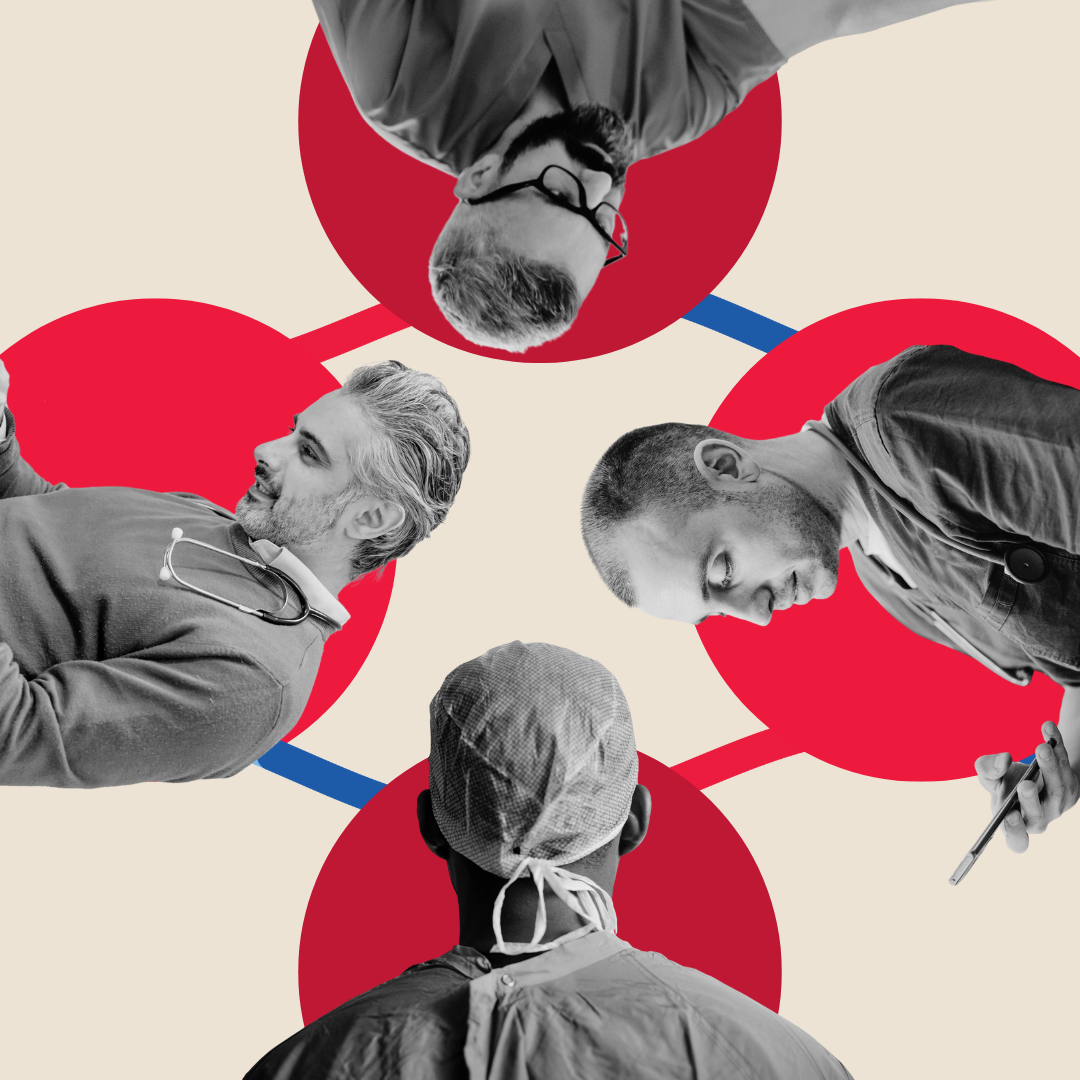Six in 10 adults in the US say they find online doctor-rating sites to be “somewhat” or “very” important in selecting a physician. And more than one–third report that they’ve specifically chosen a doctor — or avoided one — based on these ratings. In addition to these personally driven online reviews, the Centers for Medicare and Medicaid Services (CMS) has formalized the tracking and measuring of patient satisfaction through the Hospital Consumer Assessment of Healthcare Providers and Systems (HCAHPS) survey, which covers 21 patient perspectives on care and patient rating items that encompass nine key topics including communication with doctors and nurses, responsiveness of hospital staff, communication about medicines, discharge information, and transition of care. It’s therefore more important than ever to focus on ways to enhance the patient experience.
A recent New England Journal of Medicine (NEJM) article investigated how engagement could be improved, and uncovered that clinicians and healthcare administrators feel they need better tools to reach the goals being set out by CMS and patient expectation alike. Here are four strategies for helping patients feel positive about the quality of their care.
1. Allow more time with patients
According to the NEJM survey, 59% of respondents supported having members of the care team (physicians, nurses, or other clinicians) spend more time with patients. In particular, 57% of clinicians said their biggest challenge to improving patient outcomes was not having enough time with patients. But where can that time be found?
Medical scribes help physicians document all medical details and events during patient visits. Sounds like something physicians can do themselves, but having a scribe adds value beyond merely ticking boxes on the electronic health record (HER). Because scribes are focused on one task, physicians can focus fully on the patient with no need for the physician to write up patient documentation later. Physicians can review 15 to 20 scribe-produced charts in 30 minutes, instead of two hours. Similarly, physicians are able to focus on their core task: eliciting details from and caring for the patient. When free from the burden of documentation and EHR data entry, physicians who work with scribes are able to see an average of one additional patient per hour, or can use that time to interact with patients.
2. Promote shared decision-making
Shared decision-making “recognizes patients’ rights to make decisions about their care and is used to assist them to make informed and individualized decisions about care and treatment.”
One approach details three pragmatic steps:
- The physician introduces the choice
- The physician describes options, often by integrating the use of patient decision support
- The physician helps patients to explore preferences and make decisions.
“This model rests on supporting a process of deliberation, and on understanding that decisions should be influenced by exploring and respecting ‘what matters most’ to patients as individuals, and that this exploration in turn depends on them developing informed preferences,” according to the authors who developed the model. And the benefits are clear: evidence from 86 randomized trials has shown that shared decision-making leads to knowledge gain by patients, more confidence in decisions, more active patient involvement and, as a result, better outcomes and higher patient satisfaction with the treatment provided.
3. Make it easier for patients to access relevant services
As health insurance coverage has expanded, some hospitals and health systems are struggling to keep up with higher demand for health services. Targeting at-need populations and tailoring care delivery to meet their needs (for example, geographically or technologically) can help remove barriers. Supplementing the physician workforce with clinicians such as physician assistants and advanced practice nurses — or non-clinical staff such as medical scribes — allocates the right skill level to the right tasks, and frees up physicians for the tasks only they can do. Finally, in keeping with the focus on patients, it might be time to look at opening up documentation. Particularly important for patients with restricted access to primary care or who need ongoing care from a multidisciplinary team, access to their own medical records gives patients the tools necessary to become more involved in their own health management and reach out to healthcare services as needed.
Removing the barriers to receiving healthcare goes a long way to demonstrating to patients that you are trying to serve them as well as possible.
4. Give patients more information about their conditions
Condition-specific education should also be patient-specific. Although patients should be provided education materials focused on their conditions in multiple media formats, it is important that patients receive one-on-one education tailored to them. Using medical scribes to create documentation at the point of care
- frees healthcare providers to have open conversations with patients (and their families and/or caregivers)
- enables quick development of discharge notes that reinforce the education done by clinicians
- allows time to involve family and caregivers in education about conditions that require ongoing care in the short- or long-term.
Going home with instructions that are specific to them helps the patient feel that they are important, and makes them more likely to actively engage and participate in managing their care.
The human foundation
A recent article in Forbes reminds that the foundations of any healthcare system — and happiness within it — start with meeting human, not system, needs. Bringing in great clinicians (and supporting them to be great at what they do), creating continuous relationships with patients through one-on-one interactions, and taking steps to ensure physicians don’t burn out are all at the heart of providing high-quality care that patients feel positively about.




